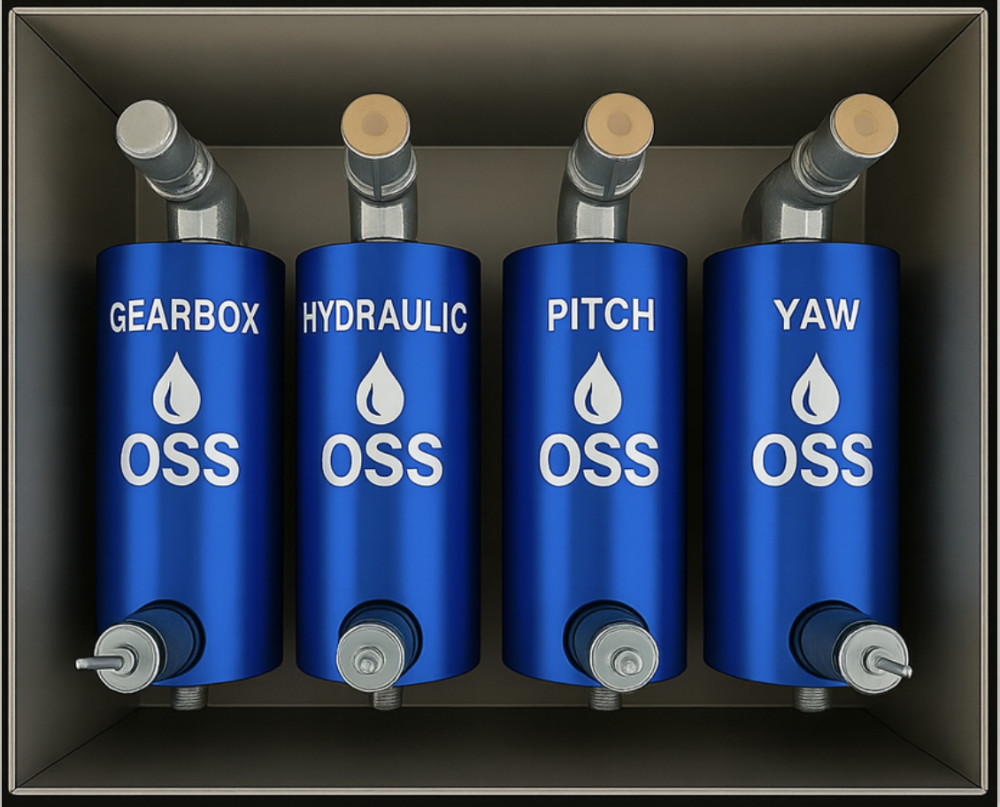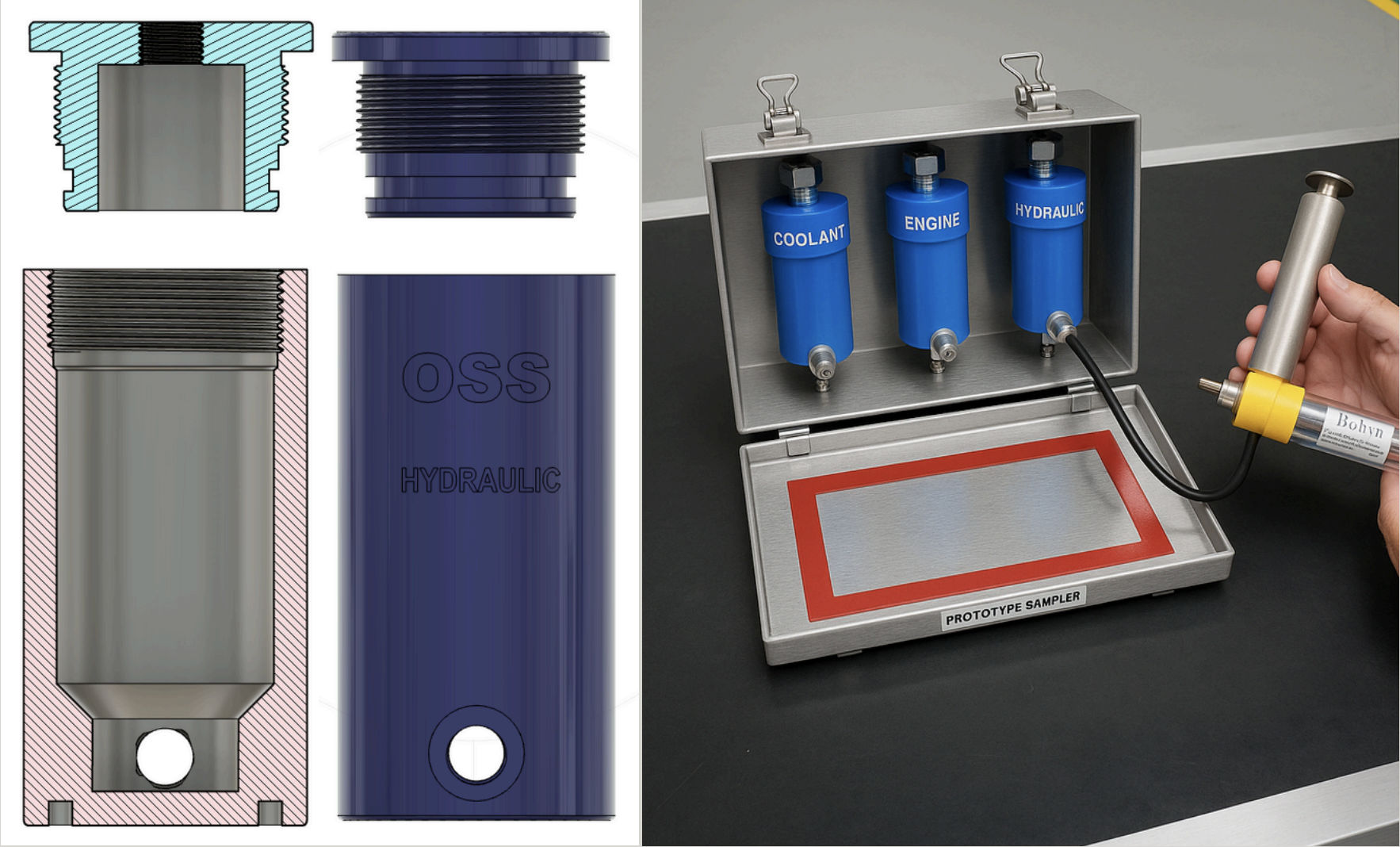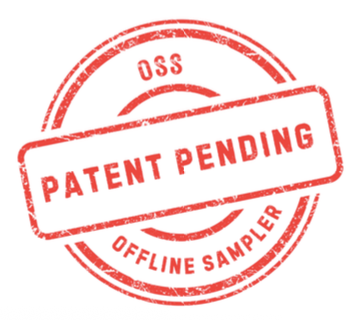Oil Sampling Solutions for Wind Turbines
Live Oil Samplers
The first standardized system for offline oil sampling that safely captures a live accurate fluid sample without exposing personnel to the line of fire or the operator or technician to any fluid pressure.



